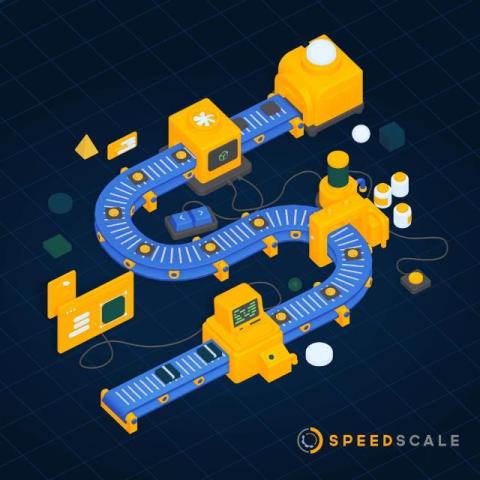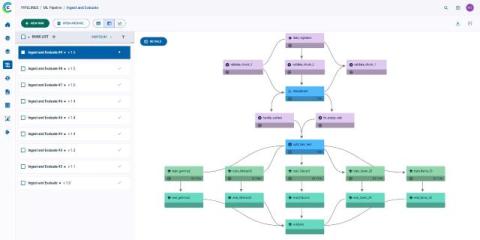Sponsored Post
Ephemeral Environment Testing: Do you need it?
Traditional testing methods often delay the software development lifecycle, as we have grown used to these outdated processes without considering alternatives. Ephemeral environments introduce a more efficient solution. They allow for the quick creation and dismantling of isolated testing environments. These isolated environments approach leads to faster and more productive development cycles while still delivering high-quality software to users. In this article, we'll explore ephemeral environments, how they work, and why they might be the solution your team needs.











